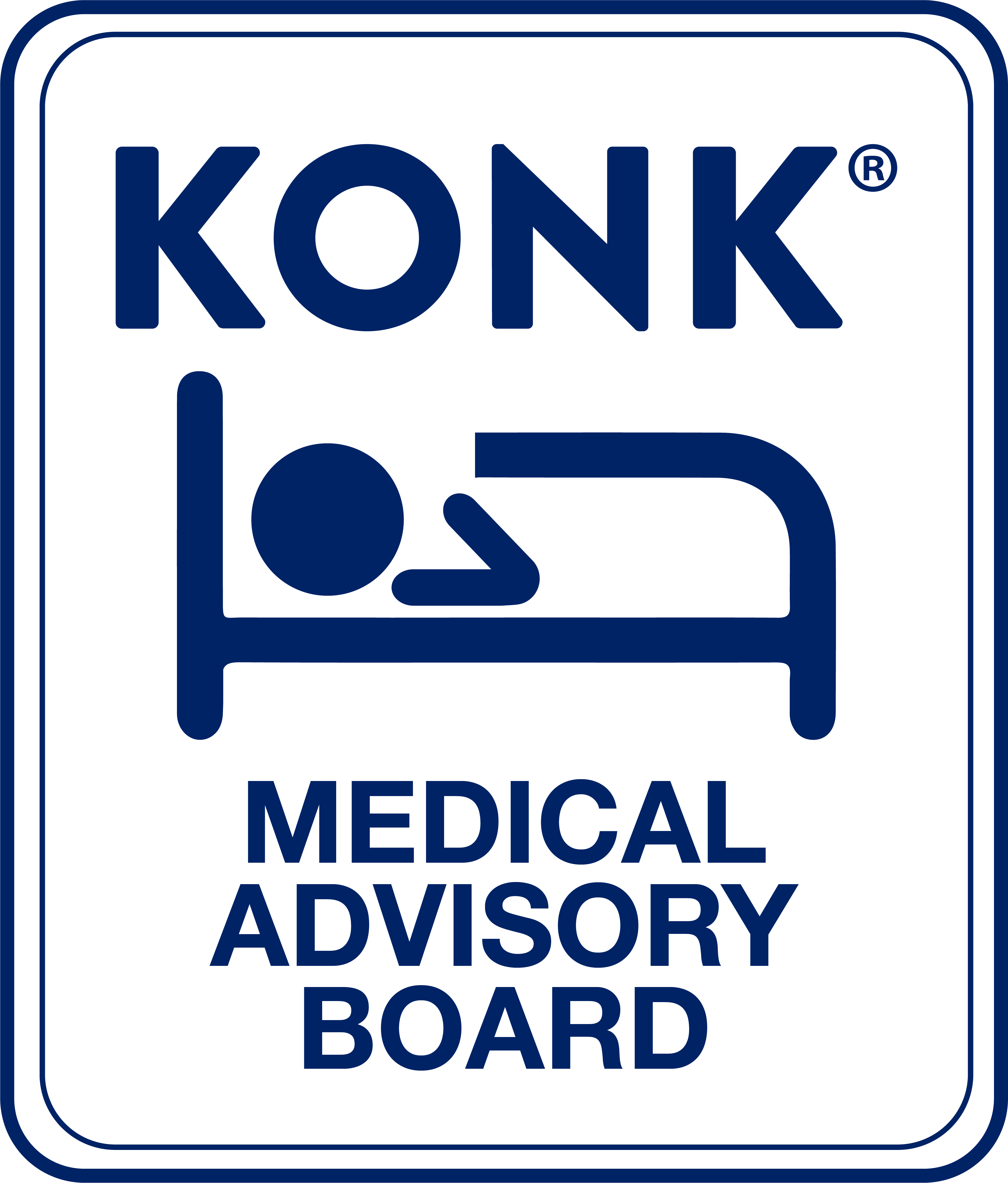Whether you are a specialist or a general practitioner, there is a good chance that the medical problems you treat are themselves useful screening criteria for seemingly unrelated disease conditions that require prompt attention. Perhaps no aspect of clinical medicine correlates with this axiom greater than sleep disorders: the health issues that non-sleep specialists treat are often strong positive indicators of Obstructive Sleep Apnea (OSA) – a condition whose long term impact and associated morbidity is often more serious than the complaint for which the patient arrives. As a result, if we keep our eyes open for conditions associated with sleep disorders, we all have the opportunity to help our patients not just once, but twice.
Consider the high rates of erectile dysfunction and kidney stones found in patients with OSA: A thoughtful urologist who has referral access to a user-friendly sleep service has the opportunity to relieve tremendous suffering in the patients with these diseases – but could also save the life of an undetected sleep apnea patient whose very presence in the urologist’s office may be a sign of the increased mortality risk from heart attacks, stroke and car accidents that arise from OSA. Though sleep apnea is not generally considered the purview of a urologist, there is no reason it could not be – especially if that urologist has the option of referring the patient to a web-based virtual platform that gets the patient treated in days, and almost immediately reduces the risk of potentially fatal disease.
The same goes for a psychiatrist who sees a male over 40 with new onset depression; a gynecologist who sees a fatigued woman in menopause; or a cardiologist who treats atrial fibrillation: They can each help the patients for the issues that bring them to the office, but they could help them again – and just as meaningfully – with a simple referral to an accessible consultation for sleep apnea, which is associated with each of these conditions.
With that in mind, what follows is a list of issues customized for a clinical endocrinologist, each of which should prompt the expedient evaluation of the patient for OSA.
Metabolic Syndrome, Hyperlipidemia and Type 2 Diabetes. Depending upon how many risk factors the patient has, a co-morbidity with OSA may be present as much as 80% of the time. Similar to hypertension, all of these conditions are likely to remain resistant to standard treatment until the OSA is successfully treated.
PCOS and Infertility. Up to 70% of women with Polycystic Ovarian Syndrome (PCOS) have undiagnosed OSA, but the incidence of OSA is also elevated in women with unexplained infertility. Successful treatment of underlying OSA will often regulate ovulation, but women (and their partners) who seek fertility care would likely be discouraged by the prolonged sleep apnea referral and evaluation process. Expedient platforms with extended post-diagnostic support would more likely satisfy patient expectations in this realm.
Hypothyroidism. As many as 74% of patients with hypothyroidism have OSA, and the relationship is causal: Among other pathophysiologic paths, patients with insufficient thyroid hormone tend to gain weight and have lower tone of pharyngeal muscles – both of which are strong predictors of OSA, which explains the high incidence of OSA in these patients. As with OSA in general, male patients with hypothyroidism have a higher incidence of OSA, but the incidence is also significantly increased in females.
Low testosterone. Serum testosterone levels are markedly decreased in men with OSA; this may account for some of the sexual dysfunction often observed in male OSA patients. It is well-established that at least half of men with OSA suffer erectile dysfunction. The expedient diagnosis and on-boarding to therapy of OSA patients could provide improvement in symptoms related to low testosterone, and offers an effective non-hormonal alternative to these patients.
Osteoporosis. Patients with OSA have higher rates of osteoporosis, lower lumbar bone mineral densities, and lower lumbar T-scores. Complicating matters is that OSA is often overlooked in women, and the OSA symptoms they experience are often misattributed to menopause alone. What is unusual in this population – concurrent OSA and osteoporosis – is that these patients often have a lower BMI.
All doctors, particularly specialists, should be cognizant of our tendency to see clinical presentations through the prism of our specialty training. Sleep is such an important pillar of health that all of us should consider its disturbance as a possible “upstream” cause of the medical problems we routinely and expertly handle.
If any of these clinical conditions are commonly present in your practice, it’s worth considering the possibility of Obstructive Sleep Apnea (OSA) as their cause. Untreated OSA can have serious health implications, but the good news is that effective treatments are available. Refer your patients to Konk Sleep to explore their options and take the first step toward better sleep and improved health, all without leaving their homes.

